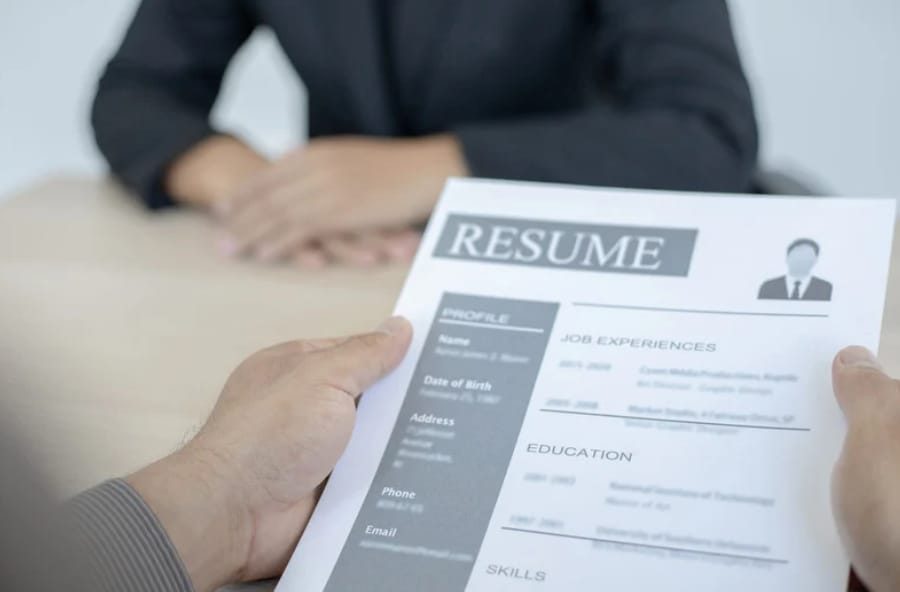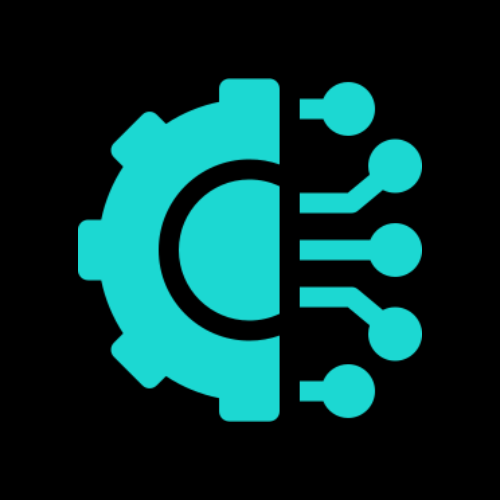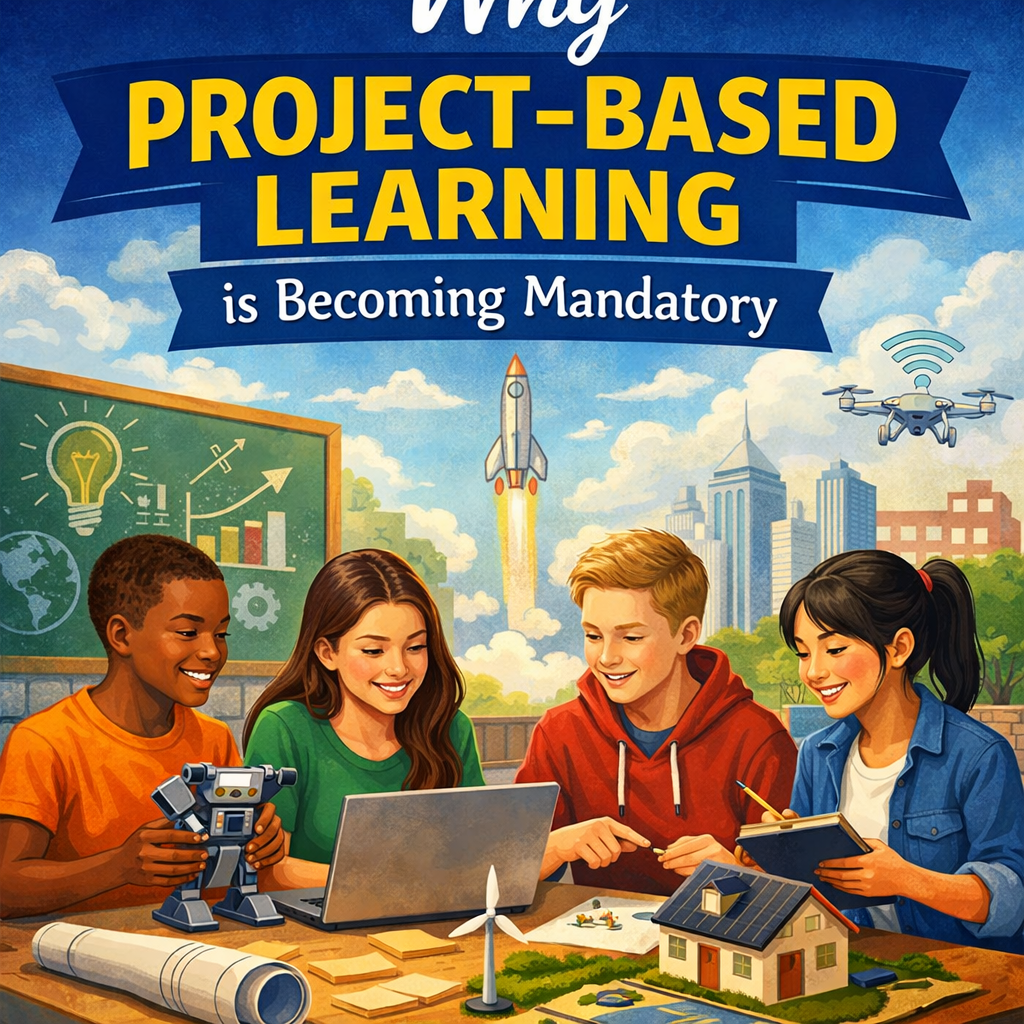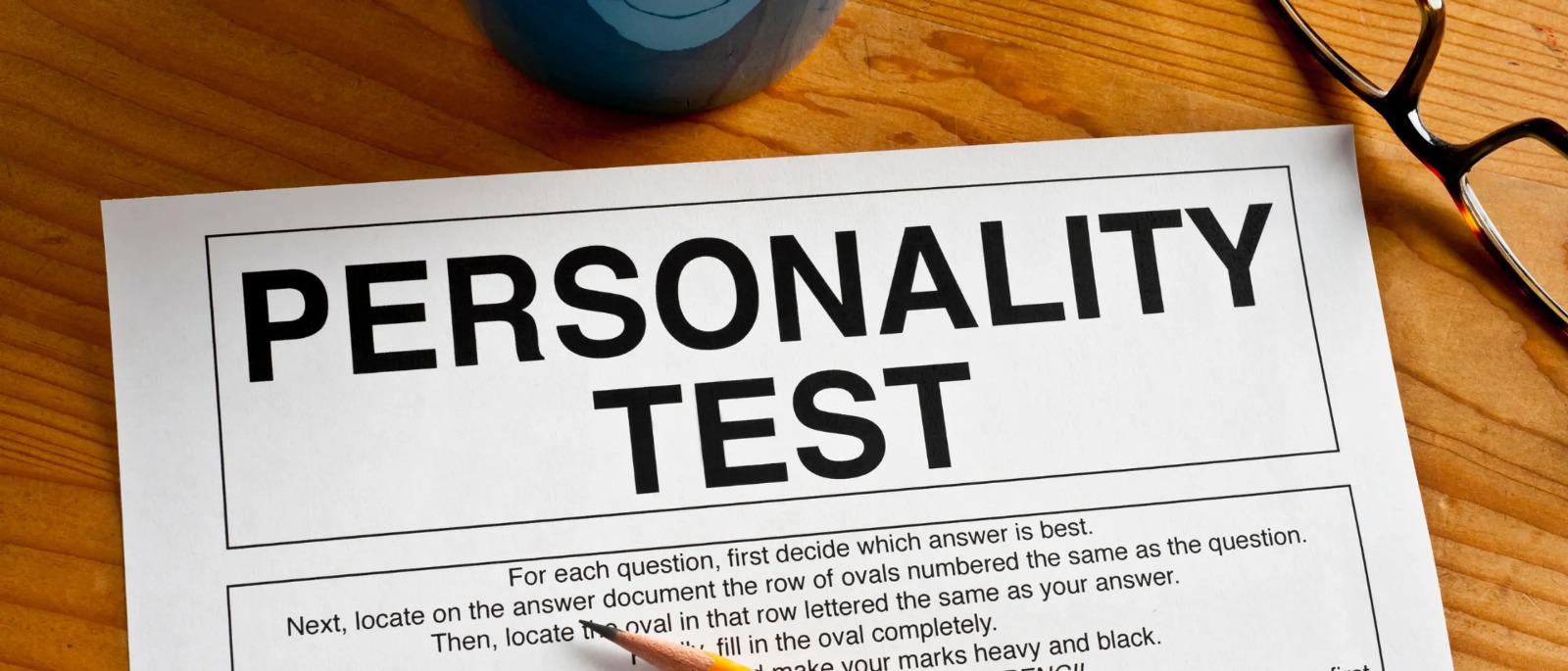Introduction
Remote jobs are increasing a lot these days, and everyone wants to work from their comfort place at flexible hours.
But not everyone is able to get a remote job, because many people make mistakes right at the very first step.
The first step is sending a resume, and most people prepare their resume incorrectly for remote jobs. They use the same resume that they apply everywhere with, and that’s why their resume doesn’t even get shortlisted.
But now, there’s no need to worry—because after reading this article, you’ll be able to create a remote-friendly resume for yourself and then easily apply and get a job.
So, let’s see.
What is a Remote Job?
Remote jobs are basically those jobs in which you don’t have to go to the office daily. You can work from home or anywhere where the internet is available. In remote jobs, employees and employers connect using online tools such as Zoom Meetings, Slack Chat, Google Meet, or Email. It makes the flow of work smooth without physically being present in the office.
Remote jobs offer flexible options in which you can work according to your convenience. These jobs are very popular in today’s digital era because they save time, remove the problem of commuting, and make it easier to achieve a work-life balance.
Remote jobs are becoming popular every day because they create a win-win situation for both employees and the company. Remote jobs provide flexibility to employees, as they can work from anywhere, according to their convenience, they save on the cost of travel and commute, and can spend more time with their family. Also, it is beneficial for companies as well because companies do not have to spend money on office space, electricity, and infrastructure. Besides, these companies also get the chance to hire global talent without geographical boundaries.
After COVID-19, people have gained experience from work-from-home and they realised that working from home does not reduce productivity instantly; sometimes the productivity of employees doubles. That’s why remote jobs are not only a trend, but it is a long-term career option.
Why does a Resume Still Matter?
In today’s time, the importance of a resume is still the same as before. Even if you have a LinkedIn profile or online portfolio. A resume is a document that provides a short and clear summary of the skills and achievements of your career. The recruiter sees the resume at the very first for shortlisting any candidate. A good resume shows professionalism, communication skills, and attention to detail. It allows you to present yourself in the best way possible. Whether you are applying from ATS or directly, a resume is your first impression – and as we all know ‘first impression is the last impression’.
Understanding the Difference Between Regular and Remote Job Resumes
When you create a resume for a regular job then the main focus is on experience of your office based work, daily responsibilities, and traditional work environment. Employers see how you have worked face-to-face with a team in your previous role.
But a remote job resume is slightly different. Here, you not only have to mention your job role or responsibilities, but you also have to demonstrate that you are an independent, self-disciplined, and technology-friendly individual. The key for remote employers is that you can work efficiently with communication tools such as Zoom, Google Meet, and Slack, and collaborate effectively without direct supervision.
It means a regular resume focuses on job duties and in-office teamwork. But remote resumes focus on remote tools, self-motivation, communication, and adaptability.
Steps to Create a Remote-Friendly Resume
1. Choose the Right Format for Remote Resume
The first step is choosing a simple and ATS-friendly format. ATS (Applicant Tracking System) is a software that can process resumes and shortlist them on the basis of relevant keywords. If your resume is of a complicated design, then ATS will not be able to read your resume. A hybrid or functional format is best for a remote job because with this format, you can show your skills and achievement easily.
Benefits: Your resume will pass through ATS and the hiring manager will understand easily that you have the right skills for a remote role.
2. Write Strong Resume Summary for Remote Job
Writing a powerful summary of 2 to 3 lines at the start is important. These lines show your readiness for remote work. For example, “a remote-ready content writer with experience in managing international clients, skilled in communication and collaboration tools, and highly adaptable to different time zones”. Through this, managers can instantly understand that you are a perfect fit for remote work.
Benefit: The hiring manager will get a clear idea at first impression that you are a suitable candidate for the role.
3. Highlight Remote-Friendly Skills
Some specific skills are very important for remote work,
- Communication skills – clear writing and ability to handle virtual meetings.
- Time management -meeting deadlines without supervision.
- Self-discipline- staying productive by avoiding distraction.
- Tech savviness – use tools such as Zoom, Slack, Trello, Asana, and Google Workspace. Mention them in your skill section.
Benefit: It shows the employer that you can work efficiently without supervision and adjust easily in a remote culture.
4. Showcase Remote Experience
If you have experience in remote or freelance work, then write it in detail. Give an example instead of just writing “work as a writer”, for example, “I promptly managed social media campaigns for three international clients, increasing engagement by 45%”. Like this, the employer will get proof that you have already worked in a remote environment.
Benefit: Employers get proof that you have already worked in a remote environment and are successful.
5. Focus on Achievements Not Just Duty
Show numbers and outcomes instead of just writing “responsible for writing blogs”. For example, “wrote 50 + SEO optimized articles that brought 30% more traffic” or “handled a remote team of 5 and delivered a project 20% before deadlines”. Numbers make your resume more impactful.
Benefit: It shows tangible results in your resume, which impresses the hiring manager and makes you different from other applicants.
6. Add the Technical Tools Section
Make a different section in which mention remote-friendly tools such as Slack, Zoom, Trello, Asana, Google Meet, Microsoft Teams, and Notion. It shows hiring managers that you are ready to work in a remote ecosystem.
Benefit: Employers instantly feel that you are technically prepared for a remote ecosystem and they do not have to waste time on training.
7. Portfolio or Link Attachment
In a remote job, the employer is not going to meet you face to face, so online proof is very valuable. You should attach the link to your website, LinkedIn, Medium, Behance, or personal portfolio. It increases your credibility instantly.
Benefit: Credibility and trust increase immediately because the employer can see your work sample.
8. Customize for Every Job
Every job posting is different, that’s why don’t use a generic resume. Tailor your resume for every job. Try to add keywords of the job description, highlight relevant projects, and if the role is in “cross-cultural communication,” then show your international client experience.
Benefit: The chances of getting shortlisted for the job increases because it matches the job description perfectly.
If you do not have remote experience, then highlight your academic project, internships, or volunteer work that you have done remotely. It will also provide you with an edge.
Common Mistakes to Avoid While Making a Resume
Sending a generic resume
- Many people send the same resume for every job role. But competition is high in remote jobs, and the requirements are different for every employer. The mistake that many people make is copying and pasting the same resume without changing keywords or relevant skills.
Correct way: read every job description carefully and tailor your resume according to that and highlight remote tools and skills. If you apply this, then your resume will pass ATS, and the hiring manager will feel that you have applied seriously after reading the job posting.
Not highlighting remote skills
- You can avoid highlighting remote skills in a normal resume, but do not avoid it while making a remote-friendly resume. If you are not mentioning remote-specific tools and soft skills in your resume, then you are making a mistake.
Correct way: make a separate section for tools and escape in which right remote tools such as Slack, Google Meet, Microsoft Teams, and also mention soft skills. Through this, the employer gets a clear idea that you are already trained for a remote ecosystem.
Ignoring achievement
- Only mentioning responsibilities like writing blogs or managing products makes the resume weak. Do not tell duties without a miserable result.
Correct way: write numbers with achievement, for example, wrote a 30 + SEO blog that increased website traffic by 40%. If you use this format, then employers get to know that you deliver results and complete your tasks efficiently.
Overdesigning resume
- Many candidates use fancy font graphics and complex designs. But you should avoid these types of design because ATS are not able to scan these types of resumes.
Correct way: keep design simple and clean, bold heading, and use bullet points. It will help your resume pass ATS, and employers can also read it easily.
Hiding remote experience in resume
- If you have worked freelance or part-time remotely but haven’t mentioned it in your resume, then this is a missed opportunity. Do not hide remote or freelance projects because it shows hiring managers that you are already experienced with remote work culture, which is a good thing for you.
Tip: list your freelance projects under remote work experience.
Typos and grammatical errors
- Communication skills matter a lot in a remote job. If there is a spelling or grammar mistake in your resume, then it ruins the impression. If you are skipping resume proofreading, then this is your mistake.
Correct way: proofread your resume before applying or check it with any grammar tool or from a friend.
Providing unnecessary personal details in resume
- There is no need to provide unnecessary information in the resume, such as marital status, religion, or full address. Try to provide only the necessary personal details.
Tip: only mention the email, phone number, link of LinkedIn or portfolio, and city or country.
Ignoring the cover letter
- Trust and communication are important in roles. If you skip a cover letter, then you are missing a strong chance.
Correct way: write a short personalized cover letter in which you show how you are a good fit in a remote culture. Through this, employers feel that you are serious and trustworthy.
Avoid these mistakes while making a resume for a job. If you give ATS friendly resume and show remote skills, then your chances of getting shortlisted increase.
Conclusion
In today’s competitive market, having a remote-friendly resume is the key to landing your dream job. By highlighting skills, showcasing achievements, and tailoring your resume for each role, you stand out from the crowd. Remember, your resume is the first impression—make it strong, professional, and remote-ready to unlock flexible career opportunities.
You can help from the blog of Best Job Tool on “How to Write a Resume that Gets Noticed in 2025?”







Leave a Reply